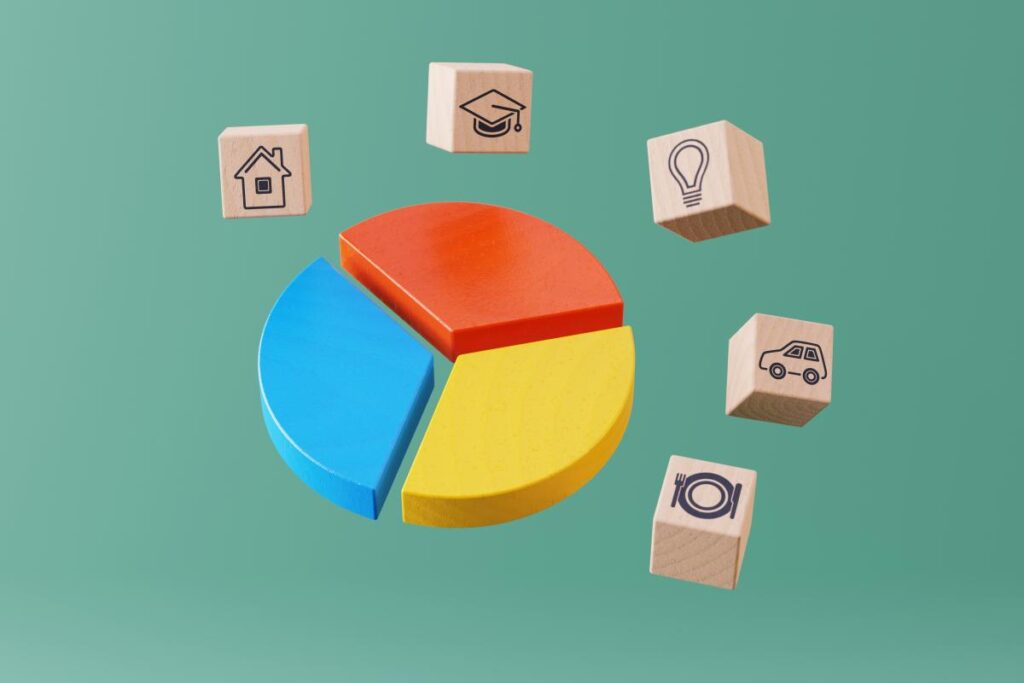Creating a budget is an essential practice for anyone, regardless of income levels. A well-structured financial plan helps prevent overspending, facilitates debt management, and paves the way toward accomplishing important financial goals. Contrary to the common misconception that budgeting imposes restrictions and limits personal spending, it is more about providing a framework within which you can achieve your financial objectives. Establishing a budget allows you to better allocate your resources based on personal values, helping you prioritize spending and savings. While the concept of budgeting might initially seem daunting, particularly for those apprehensive about past experiences with financial planning, the process can be simplified significantly by employing methods that suit individual lifestyles.
At its core, a budget is a written outline that maps out one’s financial landscape, including anticipated income, expenses, and savings. It serves as a guiding principle to ensure that money earned is distributed in alignment with both immediate needs and long-term financial aspirations. Failing to implement a budget can lead to a cycle of insufficient funds before the next paycheck, debt accumulation, and potential issues with credit scores. Therefore, setting aside time and effort to create and maintain a budget becomes crucial for financial well-being.
To embark on budget creation, individuals should first outline their financial goals. This helps frame the entire budgeting process by defining what they are working toward. Both short-term goals—such as building an emergency fund or saving for a vacation—and long-term objectives—like retirement savings—should be documented. Identifying these goals provides motivation and clarity, making it easier to limit spending on non-essential items and prioritize financial efforts toward achieving these aspirations.
Next, understanding net income, which is the amount retained after taxes and deductions, is vital. This figure dictates the available funds for spending and savings. Once income is established, individuals can explore various budgeting methods. Options such as the 50/30/20 rule—where 50% goes to needs, 30% to wants, and 20% to savings and debt repayment—or the zero-based budget, which assigns every dollar a specific purpose, can be extremely beneficial. For those who prefer tangible methods, the envelope budgeting system, which utilizes cash stored in labeled envelopes for different expense categories, remains popular. Individuals can also utilize digital spreadsheets for a customizable and private budgeting approach.
Having established a method, it’s important to catalog and understand monthly expenses. By reviewing past spending through bank and credit card statements, individuals can create an accurate depiction of their financial commitments. Expenses typically fall into two categories: fixed and variable. Fixed expenses, such as rent and mortgage, remain stable, while variable expenses, such as groceries and entertainment, fluctuate. Recognizing these categories allows for more effective planning and adjustment, especially when seeking to cut unnecessary spending.
Once a preliminary budget takes shape, it’s essential to follow through with regular reviews and adjustments. Life circumstances can change, requiring real-time alterations to the budget. Tracking spending patterns will help identify areas that may require more attention or adjustment. To better adhere to the budget, incorporating technological tools like budgeting apps can aid in maintaining oversight. It’s also beneficial to consult with financial professionals for further advice if needed. Following a budget can refine spending habits, mitigate debt risks, and reduce financial anxiety, which improves overall quality of life.
In conclusion, budgeting stands out as an empowering financial tool that guides individuals toward achieving their financial goals. Embracing budgeting methods that cater to personal lifestyles allows flexibility and adaptability. While the journey toward effective budgeting may include trial and error, persistence and openness to adjustment are key elements in refining one’s financial plan. The ultimate payoff is a clearer path toward financial stability, reduced stress, and a healthier relationship with money.

